Archaeologists have discovered a 3,000-year-old carving workshop in Egypt that contains several unfinished sculptures, chiefly a ram-headed sphinx chiseled from sandstone. The workshop is believed to date to the time of the 18th Dynasty, during the reign of Amenhotep III, the grandfather of King Tut.
The sandstone ram-headed sphinx was found inside of a workshop in Gebel el Silsila, Egypt, and archaeologists believe that this 11.5-foot-tall object could have been commissioned by Pharaoh Amenhotep III, and then forgotten about for over three millennia.
The sphinx was found beneath several feet of debris at Gebel-el-Silsila. Only its head was visible prior to excavation. It is carved in a similar style to those at the famous Khonsu Temple at the huge Karnak complex. The team also found hundreds of stone fragments holding hieroglyphs and a carving of a coiled-up cobra that once crowned the sphinx.
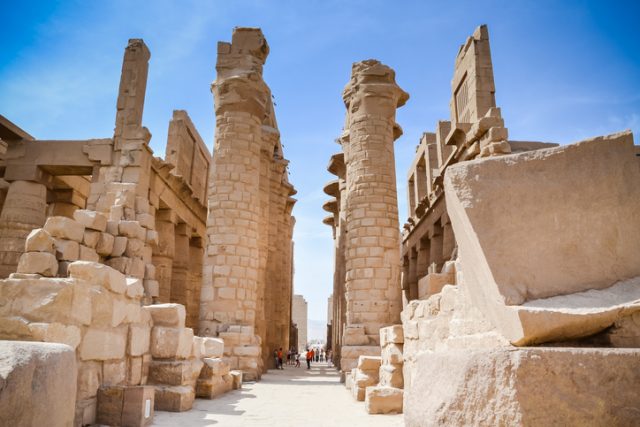
The Gebel el-Silsila site, which sits along the banks of the Nile, was once a quarry, but recent excavations have revealed that it was also home for the quarry workers and their families.
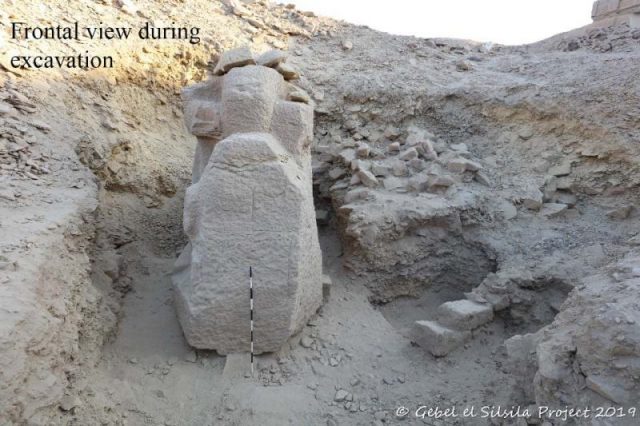
Egypt Today has recently reported that archaeologists are now working to lift the mysterious statue; according to officials, because of its location, the statue cannot be directly extracted from the ground.
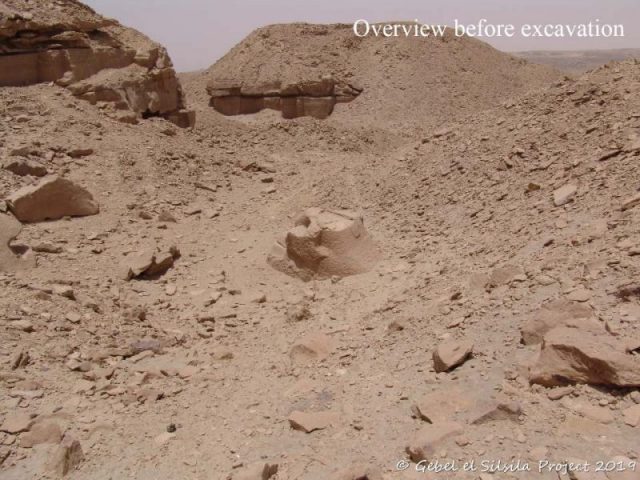
“During the sphinx excavations and placed up-side-down next to the large sculpture’s stomach, the team discovered a smaller practice piece of another sphinx, perhaps carved by an apprentice,” archaeologists explain, in a blog post. “Both sculptures are preserved in a rough-cut and prepared for transportation, but were likely abandoned at Gebel el-Silsila as the larger sculpture fractured.”
Near the smaller piece, a rough-cut “uraeus,” or coiled cobra, was found. Experts note that the sculpture was intended to crown the head of the larger sphinx.
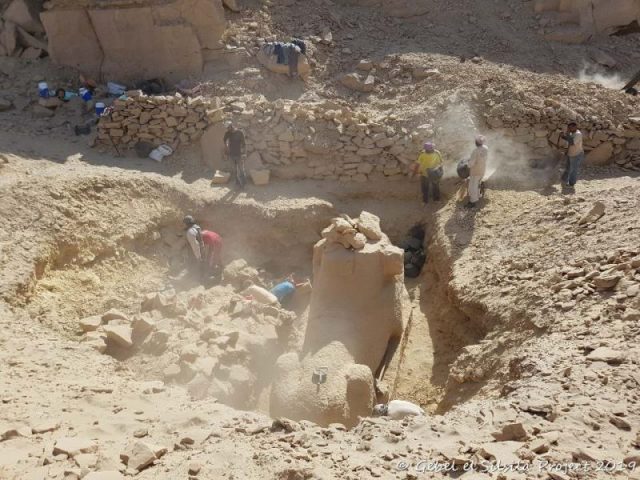
According to Live Science, the statue’s mysterious presence at the quarry might mean it was a canceled order, said Maria Nilsson, an archaeologist at Lund University in Sweden and the director of the Gebel el-Silsila excavation.
The evidence suggests that the Sphinx was carved around the end of the reign of King Tut’s grandfather. When the pharaoh died, the sculptures he commissioned might have been abandoned.
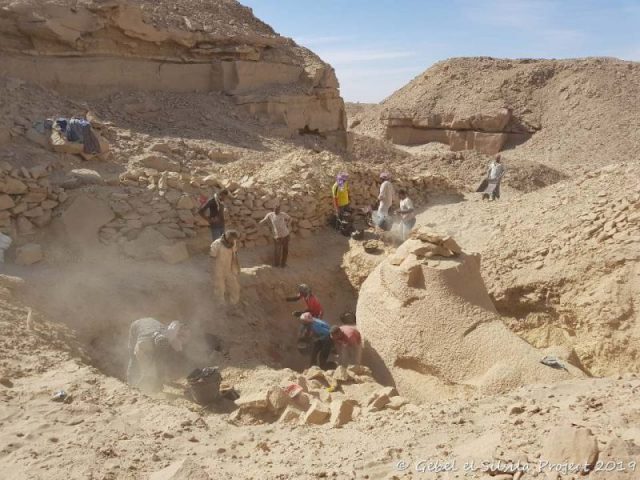
At the base of the statue, the archaeology team found the broken carved cobra, which was a symbol of royalty. They also found a “baby sphinx,” a term for a small sphinx that an apprentice might have carved for practice. Surrounding the statues were tiny iron shavings from chisels and very fine sandstone chips, left behind by artisans carving 3,370 years ago.
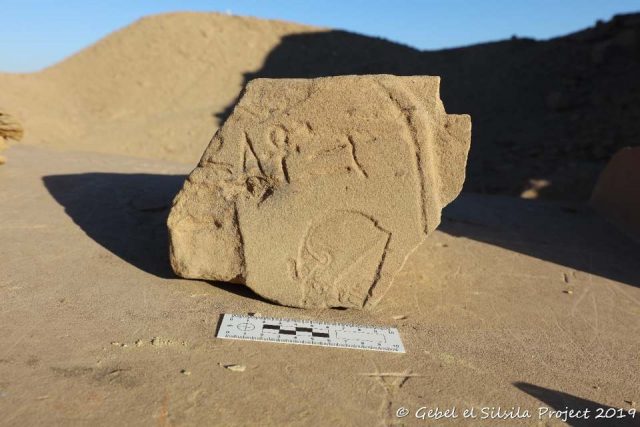
The sphinxes were covered in Roman-era quarry debris. The excavation at Gebel el-Silsila is a joint Swedish-Egyptian project led by Dr. Maria Nilsson and John Ward of Sweden’s Lund University under the supervision of Egypt’s Supreme Council of Antiquities and the Aswan and Nubia Inspectorate. The massive sphinx would have been carved from a sandstone block weighing 10 metric tons, Ward said.
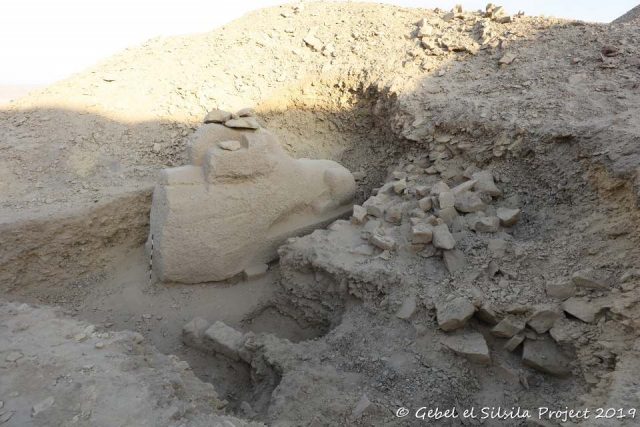
There is no obvious reason that the sphinx was abandoned at the quarry, Nilsson said in an interview. It has a thin crack along its front, but the damage is unlikely to be bad enough to ruin such a large statue, she said.
It’s possible that when Amenhotep III died and his son took the throne, the old pharaoh’s work projects were halted. “One of the aspects that we are considering is whether or not it was left because of the change in rulership,” Nilsson said.
